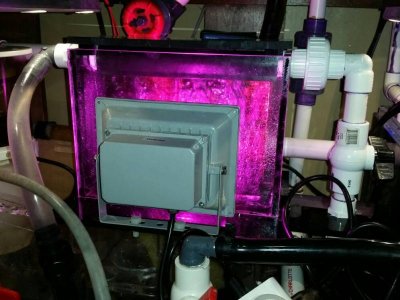azjohnny
Active member
Here is a link to lights I use, they are landscape LED flood lights that promote plant growth, using red and blue leds
https://www.amazon.com/GLW-Waterpro...d=1460137861&ref_=sr_1_5&s=lawn-garden&sr=1-5
https://www.amazon.com/GLW-Waterpro...d=1460137861&ref_=sr_1_5&s=lawn-garden&sr=1-5


